When Sir Anthony O’Reilly purchased Castlemartin in the early 1970s from Lord Gowrie, it was said the only value of the property was in the estate’s lands and the near derelict house was only fit to be demolished.
However, O’Reilly stuck to his task and over the years he invested millions into the careful and patient restoration and improvement of Castlemartin house and its surrounding outbuildings, to achieve the current splendour. Today, over 40 years after O’Reilly first purchased the estate, Castlemartin is back on the market and is expected to attract interest from overseas parties, particularly from the Middle East and Hong Kong.
The history of Castlemartin House
Castlemartin house in its current form was constructed in 1720 by Francis Harrison, a Dublin banker and member of Parliament, and is a magnificent example of early Georgian architecture. It was built using some of the ruins of the old Eustace Castle, which today still form part of the wine cellar in the basement.
The modern-day house (26,000 sq ft) comprises some wonderful reception and entertaining rooms on the ground floor, all restored with meticulous attention to detail, as well as a charming library.
Upstairs, the master bedroom consists of his and hers bathrooms and a large dressing room. In addition to the master bedroom, there are a further nine principal bedrooms in the main house.
To the rear of the house is a French-style coach house that has been converted into a living area with five bedrooms.
The coach house has views across an outdoor swimming pool and the nearby river Liffey, and was once the host of Nelson Mandela when he stayed with O’Reilly.
Further accommodation on the estate includes two cottages in the rear courtyard, three further staff apartments, a caretaker’s house, Brownstown cottage and the front gate lodge.
The TOP-class stud and farm
Since the early 1990s, Castlemartin has grown in reputation as a top-class stud farm and has consistently produced classic and group winning horses, including Chiquita, Silver Frost, Lightening Pearl and Chinese White.
There are two large stable yards on the estate, which include approximately 90 loose boxes, automatic walkers, lunge rings, numerous hay sheds, barns and outbuildings.
The estate also contains two farmyards that include wintering facilities for over 400 cattle. Castlemartin was always renowned for its pedigree Charolais herd and in particular the striking Belted Galloway breed.
The lands at Castlemartin extend to around 750 acres and are described as being of the highest quality.
The land is characterised by its carboniferous limestone, sand and gravel make up, which provides good drainage and “helps to grow strong bone in young thoroughbreds”.
The Castlemartin estate is all in one large block and is laid out in over 40 post and rail paddocks that can all be easily accessed via an extensive internal roadway system.
Mature trees dotted throughout the estate provide excellent shelter for animals and water is piped to all paddocks.
The river Liffey also runs through the heart of the Castlemartin estate, with over a mile and a half on frontage onto the river, providing for excellent salmon and trout fishing.
Price tag
Castlemartin Stud Farm truly is a one-off chance for an investor to acquire one of Ireland’s largest and finest estates. The property is in immaculate condition thanks to the former owner and will make a prize asset for any buyer.
It also has the benefit of close proximity to the Curragh, Punchestown, the airport and Dublin city via the M9 and M7.
However, given the hefty price tag, it is expected that any buyer will most likely come from overseas. Joint agents Jordan Town and Country, Newbridge, and Knight Frank, Dublin, are offering Castlemartin for sale by private treaty and inviting any offers in excess of €30m. CL







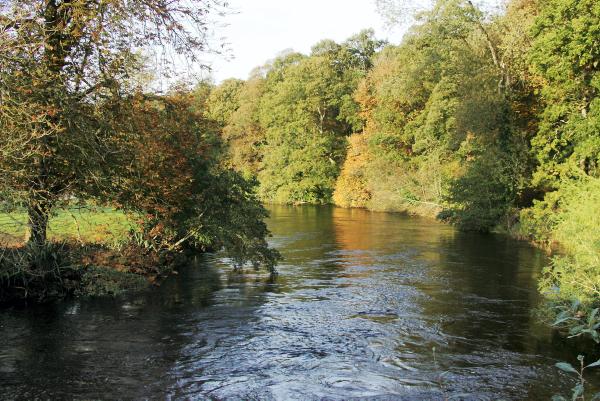
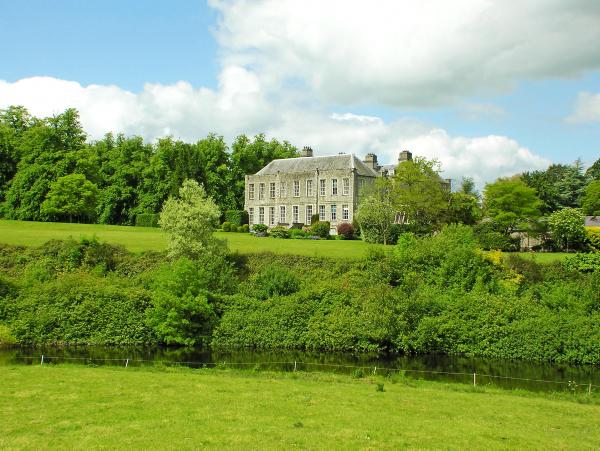


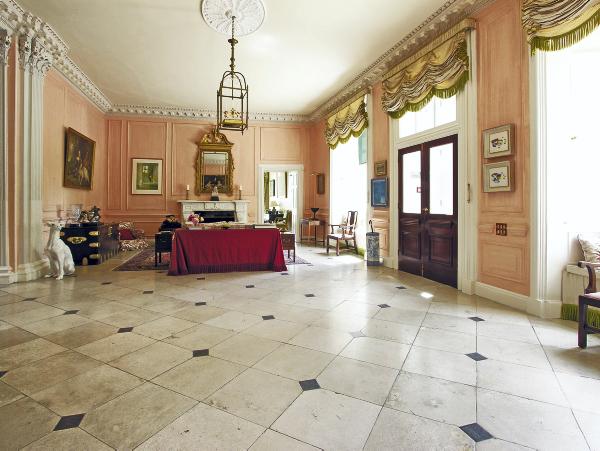
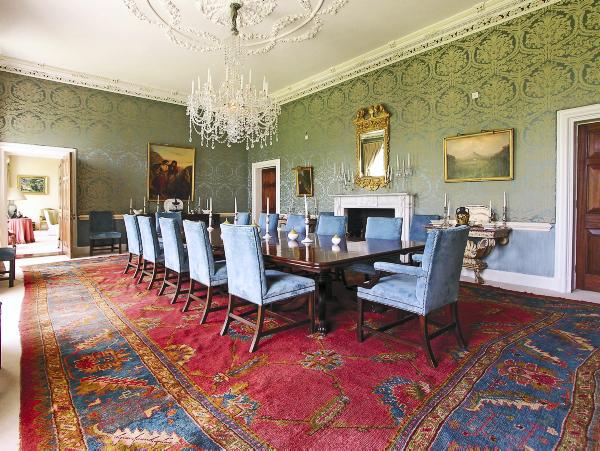
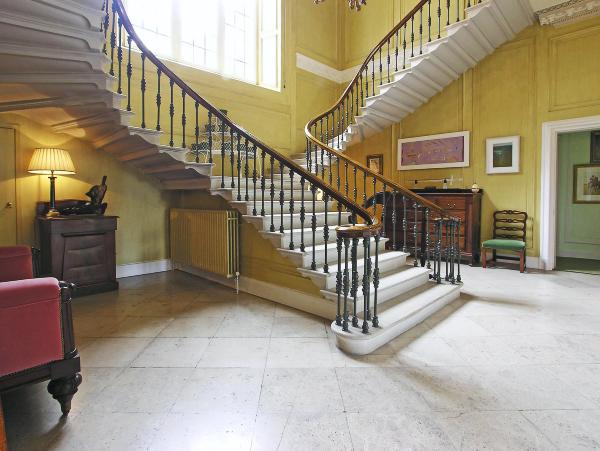
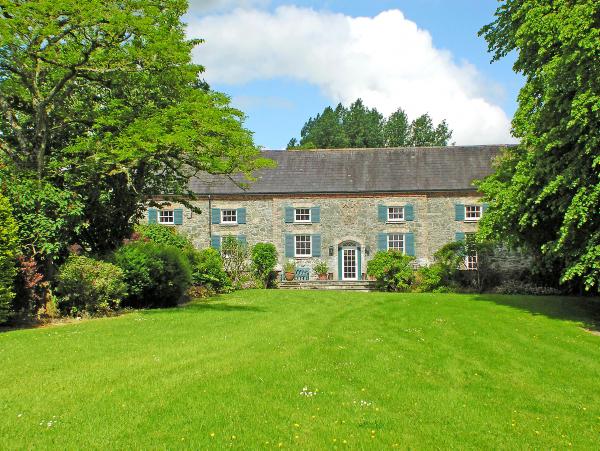
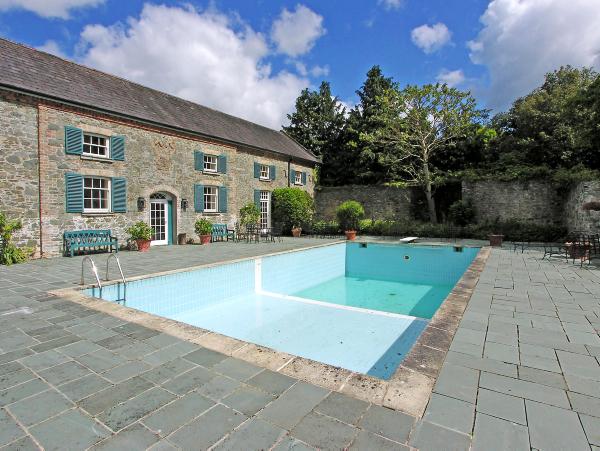
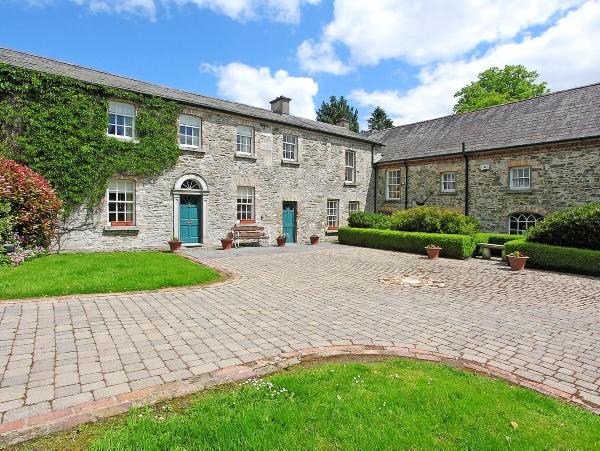

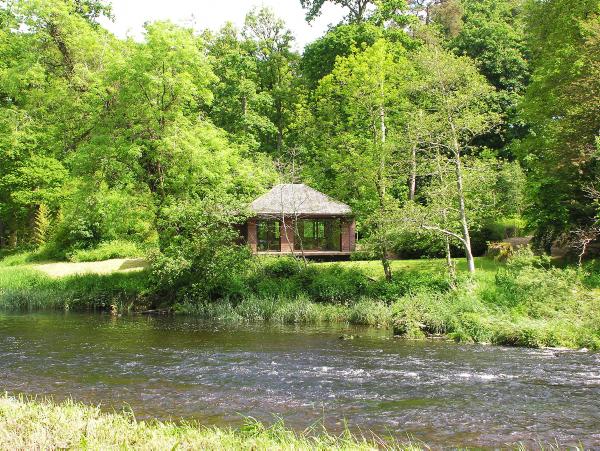



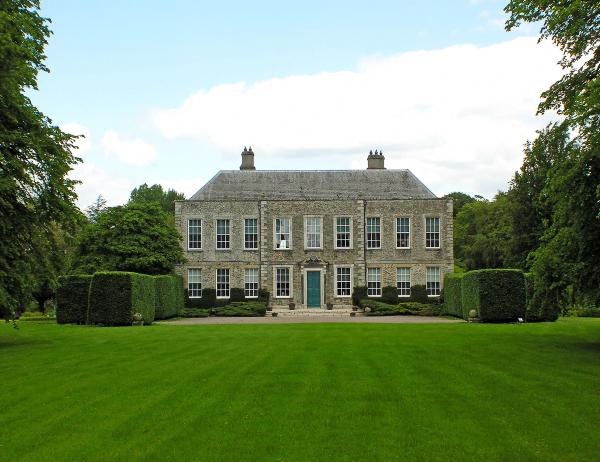
SHARING OPTIONS